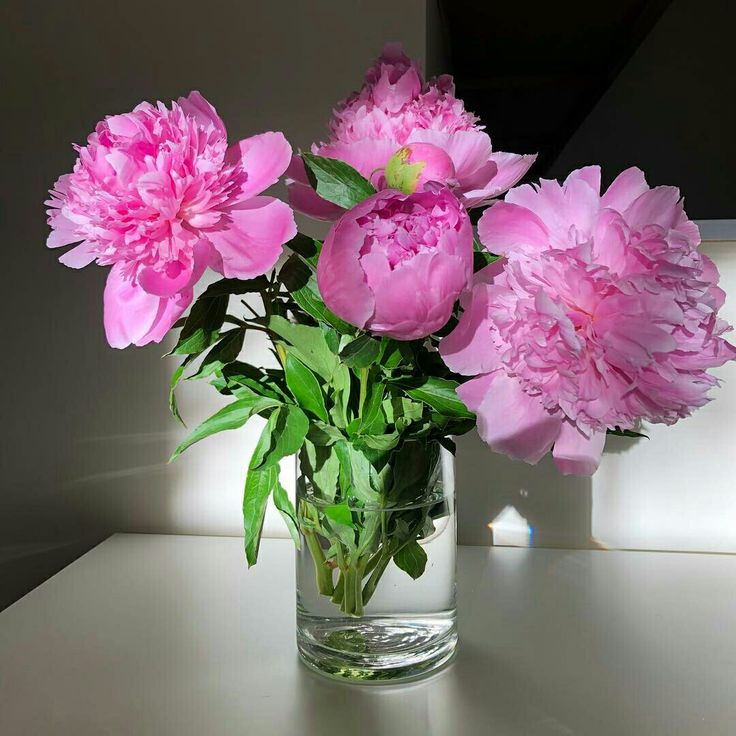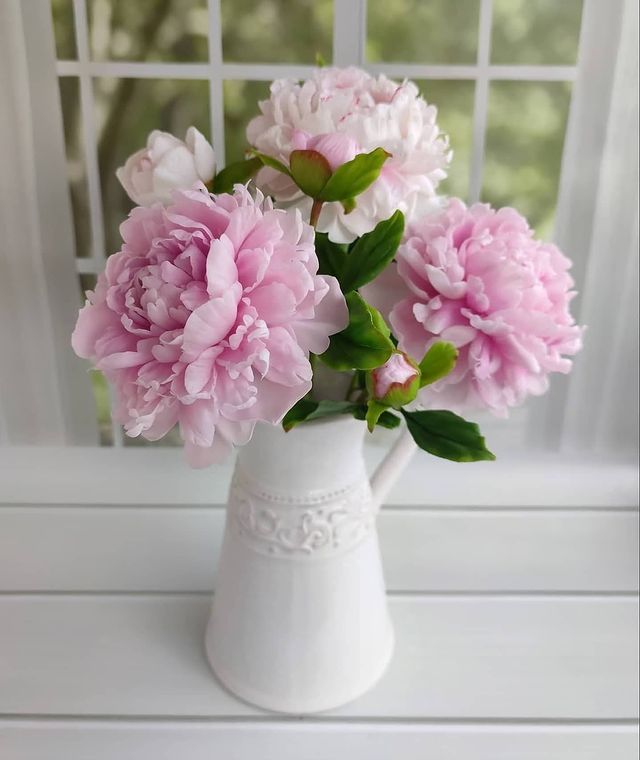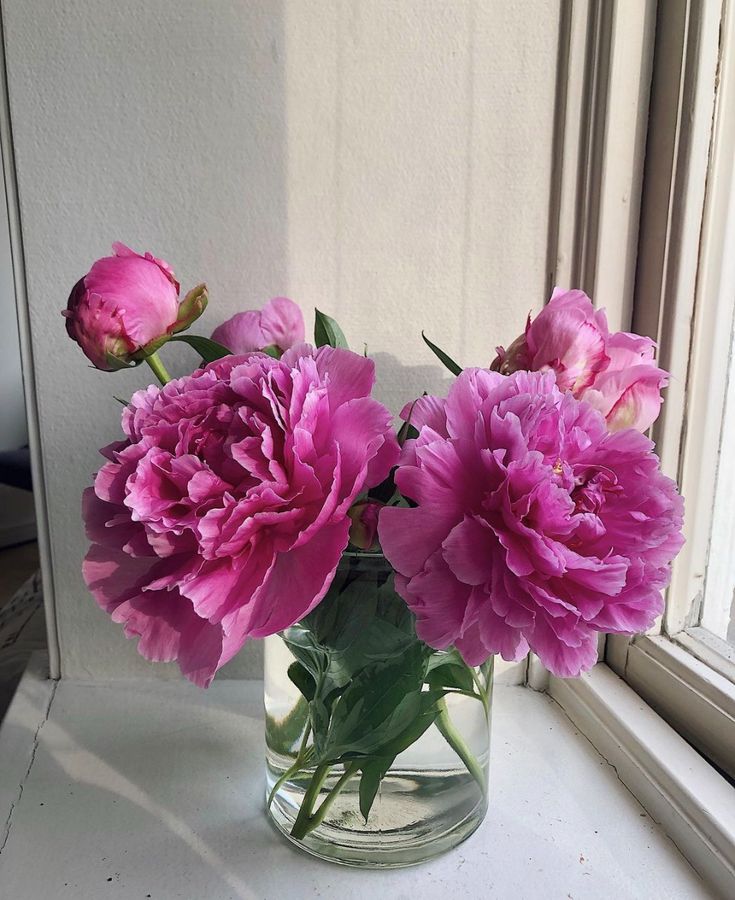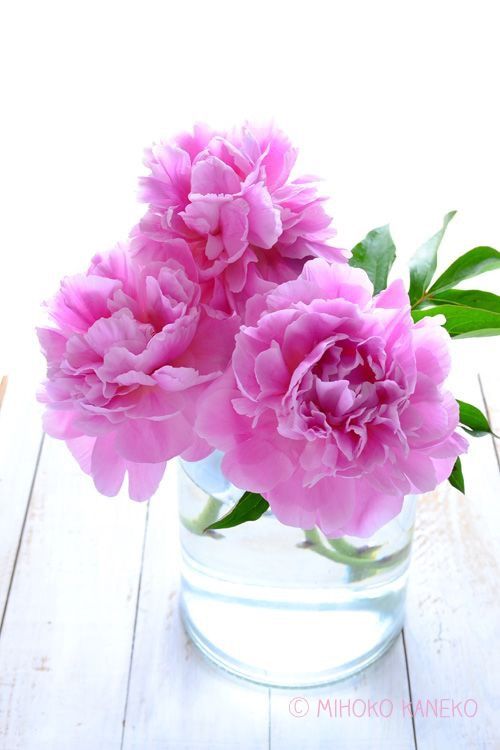Safeguarding Your Garden: Prevention and Treatment of Pests and Diseases on Plants
Protecting plants from pests and diseases is essential for maintaining garden health and ensuring robust growth and productivity. By implementing preventive measures and employing effective treatment strategies, you can minimize the impact of pests and diseases on your plants and cultivate a thriving and resilient garden ecosystem. Here are practical tips for preventing and treating pests and diseases on plants:












1. Cultural Practices for Prevention
- Crop Rotation: Rotate plantings to disrupt pest and disease cycles and reduce the buildup of pathogens in the soil. Avoid planting susceptible species in the same area year after year.
- Healthy Soil: Maintain soil fertility and structure by incorporating organic matter, such as compost and aged manure, into the soil. Healthy soil promotes vigorous plant growth and improves plant resilience to pests and diseases.
2. Plant Selection and Placement
- Resistant Varieties: Choose plant varieties known for their resistance to common pests and diseases prevalent in your area. Selecting resistant cultivars can minimize the need for chemical interventions.
- Spacing and Airflow: Plant at appropriate spacing to allow for adequate airflow between plants, reducing humidity levels and minimizing the risk of fungal diseases. Avoid overcrowding, which can create favorable conditions for pest infestations and disease spread.
3. Hygiene and Sanitation Practices
- Pruning and Thinning: Regularly prune dead or diseased plant parts to remove sources of infection and improve airflow within the canopy. Thinning crowded growth reduces the risk of pest infestations and fungal diseases.
- Clean Tools and Equipment: Disinfect gardening tools, such as pruners and shears, between uses to prevent the spread of pathogens between plants. Clean pots, trays, and other equipment regularly to minimize disease transmission.
4. Natural Predators and Beneficial Insects
- Attract Beneficials: Encourage the presence of natural predators and beneficial insects, such as ladybugs, lacewings, and parasitic wasps, by planting nectar-rich flowers and providing habitat features like insect hotels and brush piles.
- Biological Control: Introduce biological control agents, such as predatory nematodes or beneficial fungi, to target specific pests while minimizing harm to beneficial organisms and the environment.
5. Organic Pest and Disease Management
- Neem Oil: Apply neem oil, derived from the neem tree, as a natural insecticide and fungicide to control a wide range of pests and diseases. Neem oil disrupts insect feeding and interferes with fungal growth.
- Insecticidal Soap: Use insecticidal soap to control soft-bodied pests like aphids, mealybugs, and spider mites. Spray directly on affected plants, targeting pests while minimizing harm to beneficial insects.
6. Early Detection and Intervention
- Monitoring: Regularly inspect plants for signs of pest infestation or disease symptoms, such as wilting, yellowing leaves, or unusual growth patterns. Early detection allows for prompt intervention and minimizes the spread of pests and diseases.
- Integrated Pest Management (IPM): Implement an IPM approach, combining preventive measures, cultural practices, biological controls, and targeted treatments to manage pests and diseases effectively while minimizing environmental impact.
Conclusion
Preventing and treating pests and diseases on plants requires a proactive and holistic approach that addresses underlying causes and emphasizes prevention and natural solutions. By implementing cultural practices, selecting resistant varieties, practicing good hygiene, encouraging beneficial insects, and using organic pest and disease management strategies, you can protect your garden and promote the health and vitality of your plants in an environmentally sustainable manner.